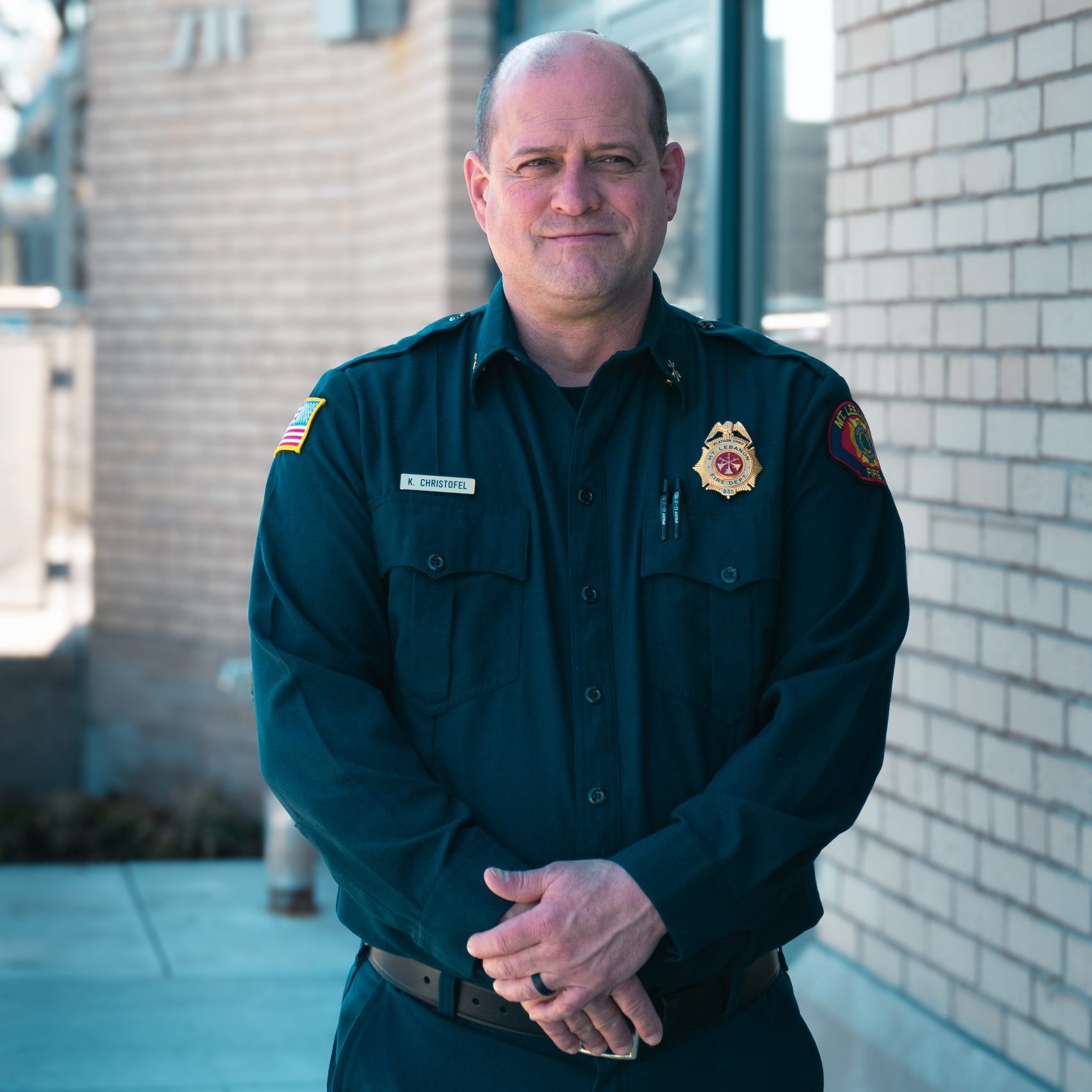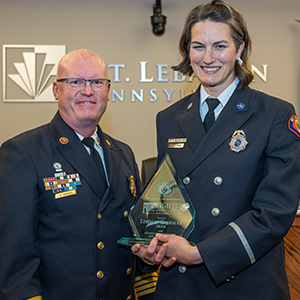firefighting techniques evolve
Since the 1970s, not much has changed in the way firefighters extinguish a house fire. Sure, there have been new tools added to the firefighting arsenal—such as thermal imaging cameras, which allow firefighters to “see” through smoke to locate a person or the source of a fire—but basically, firefighters still attack fires with hoses, water, foam and axes. Yet in the past four decades, the materials inside most houses have changed radically with synthetic and petroleum-based materials now being used for most furniture, carpeting and construction. These new materials burn faster and create more volatile smoke and gas.
“It used to take about 25 minutes for a fire to fully envelope a building,” says Mt. Lebanon Fire Chief Nick Sohyda, “now it takes four minutes.”
But in the last few years, the National Institute of Standards and Technology and other scientists have been studying how fires start and grow, and their research may radically change the way firefighters approach the job.

This spring, many of Mt. Lebanon’s career and volunteer firefighters spent a day at the Washington County Fire Academy testing out some of these new theories, including positive pressure ventilation (PPV) where fans are used to pressurize a structure prior to suppressing a fire.
In the past, the standard practice was to open doors and windows and even cut a four-by-four foot hole in the roof to let out the smoke, but now exhaust is far too pressurized. “You can’t cut a hole big enough to let out the smoke,” Sohyda says. “Fires today are ventilation starved and build up smoke.”
But PPV vents smoke faster, making fire suppression easier. PPV, however, takes more people and coordination and communication between them must be seamless. If it works though, Sohyda says there should be less property loss as firefighters will be able to find the fire’s source faster. PPV also allows firefighters to walk, instead of crawl, into a building as the smoke is cleared faster, thus creating a clearer and cooler environment.
 Another long-held firefighting tactic that’s being rethought is how to apply water to a fire. In the past, firefighters were taught that spraying water on a fire from the building’s exterior would push and spread the fire deeper into the interior. But recent research shows this isn’t true. Since applying water from outside is far safer for firefighters, this method is being further studied and tested.
Another long-held firefighting tactic that’s being rethought is how to apply water to a fire. In the past, firefighters were taught that spraying water on a fire from the building’s exterior would push and spread the fire deeper into the interior. But recent research shows this isn’t true. Since applying water from outside is far safer for firefighters, this method is being further studied and tested.
In addition to the hands-on training, Mt. Lebanon brought in Tim Sendlebach for a seminar. Sendlebach is the editor in chief of FireRescue Magazine, the president of TES² Training & Education Services in Savannah, Georgia, and the immediate past president of the International Society of Fire Services Instructors. Sendlebach spent the day reviewing new technologies and theories.
“We had picked up bits and pieces about new research and firefighting methods from articles in the magazine,” Sohyda says, “but he helped put it all together.”
In all, Sohyda hopes the training will help firefighters better face modern fires and put out fires faster, saving lives and property.
“We are always trying to be at the cutting edge,” he says.





